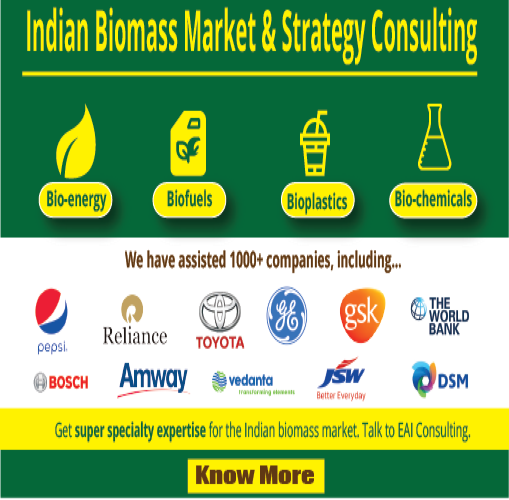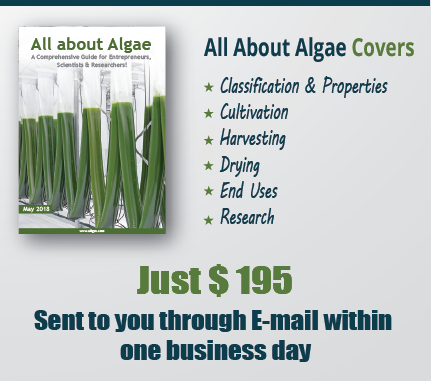The classification of algae into taxonomic groups is based upon the same rules that are used for the classification of land plants, but the organization of groups of algae above the order level has changed substantially since 1960. Research using electron microscopes has demonstrated differences in features, such as the flagellar apparatus, cell division process, and organelle structure and function, that are important in the classification of algae. Similarities and differences among algal, fungal, and protozoan groups have led scientists to propose major taxonomic changes, and these changes are continuing.
Division-level classification, as with kingdom-level classification, is tenuous for algae. For example, some phycologists place the classes Bacillariophyceae, Phaeophyceae, and Xanthophyceae in the division Chromophyta, whereas others place each class in separate divisions: Bacillariophyta, Phaeophyta, and Xanthophyta. Yet, almost all phycologists agree on the definition of the respective classes Bacillariophyceae, Phaeophyceae, and Xanthophyceae.
The classes are distinguished by the structure of flagellate cells (e.g., scales, angle of flagellar insertion, microtubular roots, and striated roots), the nuclear division process (mitosis), the cytoplasmic division process (cytokinesis), and the cell covering. Many scientists combine the Micromonadophyceae with the Pleurastrophyceae, naming the combined group the Prasinophyceae. “Phylum” and “division” represent the same level of organization; the former is the zoological term, the latter is the botanical term
Properties of Major Algal Taxonomic Groups
S.No | Taxonomic Group | Chlorophyll | Carotenoids | Bilo proteins | Storage products | Flagellation &Cell structure | |
1. | Bacillariophyta
| a, c
| β-carotene ± -carotene rarely fucoxanthin,.
|
| Chrysolaminarin oils
| 1 apical flagellum in male gametes: cell in two halves with elaborate markings.
| |
2. | Chloro phycophyta (green algae)
| a, b
| β-carotene, ± -carotene rarely carotene and lycopene, lutein.
|
| Starch, oils
| 1,2,4 to many, equal, apical or subapical flagella.
|
|
3. | Chrysophycophyta (golden algae)
| a, c ,
| β-carotene, fucoxanthin |
| Chrysolaminarin oils | 1 or 2 unequal, apical flagella, in some, cell surface covered by characteristic scales.
|
|
4. | Cyanobacteria (blue green algae)
| a,c | β-carotene, phycobilins |
|
|
|
|
5. | Phaeco phycophyta (brown algae)
| a,c
| β-carotene, ± fucoxanthin, violaxanthin
|
| Laminarin, soluble carbohydrates, oils
| 2 lateral flagella
|
|
6. | Dinophyta (dinpflagellates)
| a,c
| β-carotene, peridinin, neoperididnin dinoxanthin, neodinoxanthin.
|
| Starch, oils
| 2 lateral, 1 trailing,1 girdling flagellum, in most, there is a longitudinal and transverse furrow and angular plates.
|
|
7. | Rhodo phycophyta (red algae )
| a, rarely d
| β-carotene, zeaxanthin ± β carotene
| Phyco erythrin phyco cyanin
| Floridean starch oils
| Flagella absent
|
|
See also:
Related Links
AlgaeBase - a database of information on algae that includes terrestrial, marine and freshwater organisms.
WDCM Directory – a search engine for algae database which can List the algae preserved in culture collections worldwide.
The Fritsch Collection - The unique Fritsch Collection contains floristic information, and illustrates the diverse views that have been, or are still, held about the identification and taxonomy of worldwide freshwater & terrestrial algae.
The Hawaiian Algal Database - The Hawaiian Algal Database is a digital repository for Hawaiian algal samples and acts as a LIMS for the laboratory. Users can make use of the online search tool to view and download specimen photographs and micrographs, DNA sequences and relevant habitat data, including georeferenced collecting locations.
The ANSP Algae Image Database - It contains light micrograph images of diatom taxa from rivers throughout the USA. Many taxa are represented. There are multiple images of several to help represent within-taxon variability. The images were made primarily by ANSP Patrick Center Phycology Section staff as part of their routine analysis of algal samples.
IOC-UNESCO Taxonomic Reference List of Harmful Micro Algae - The on-line version of the IOC Taxonomic Reference list of Toxic Plankton Algae is provided in cooperation with and hosted by the Institute of Biology, University of Copenhagen.



